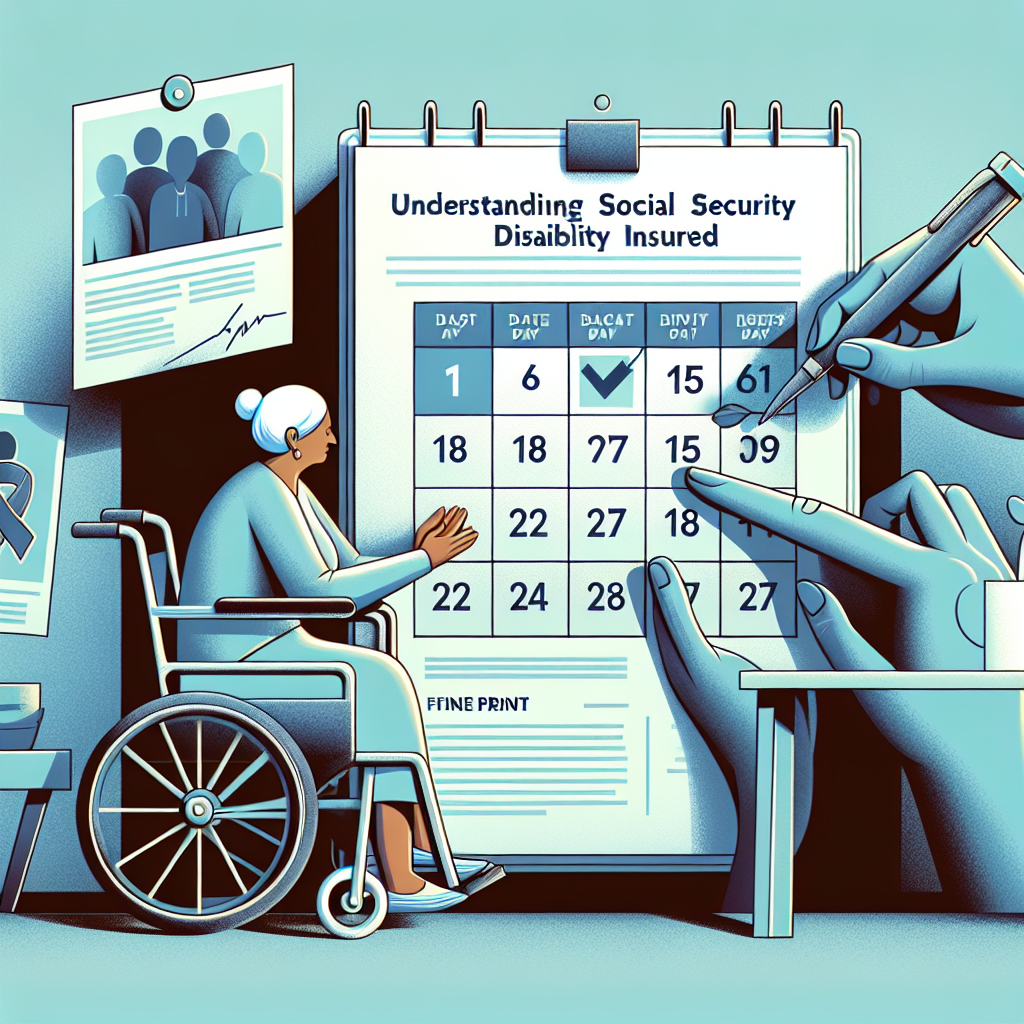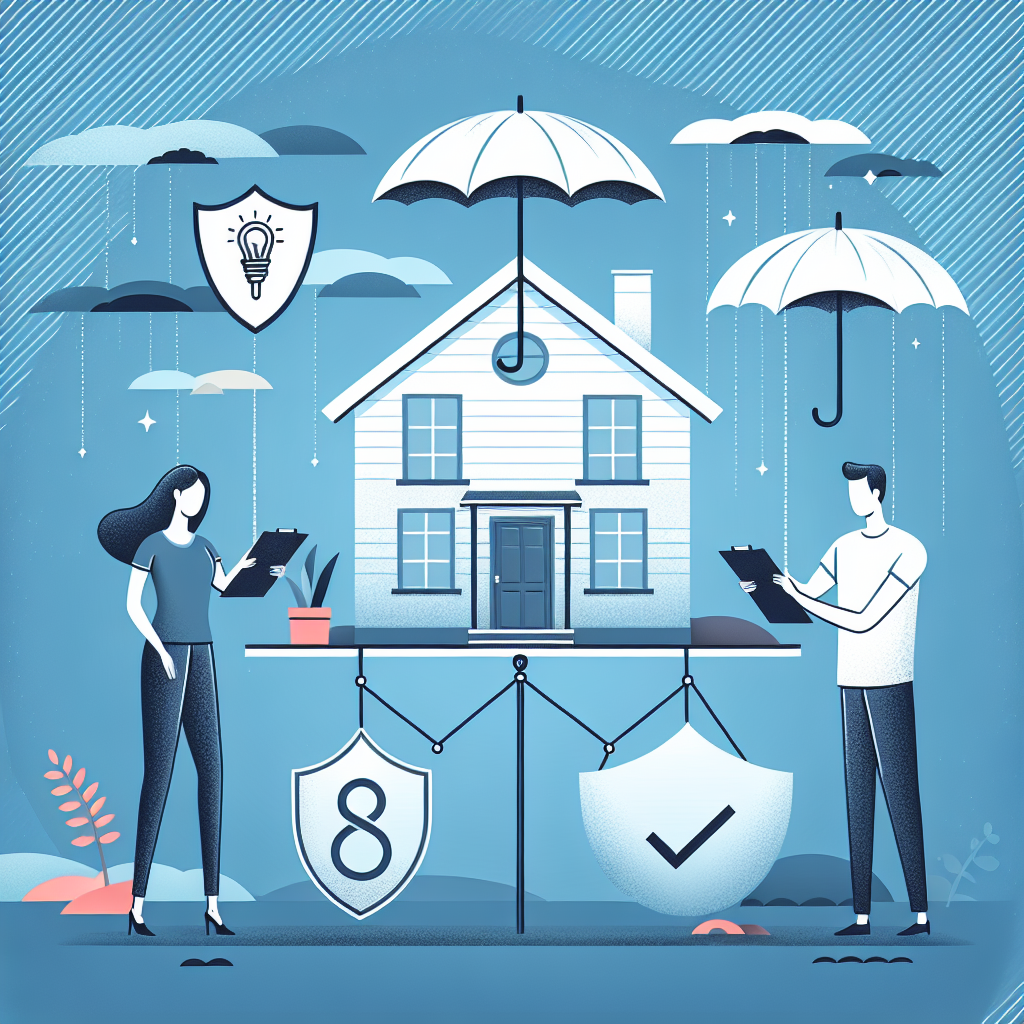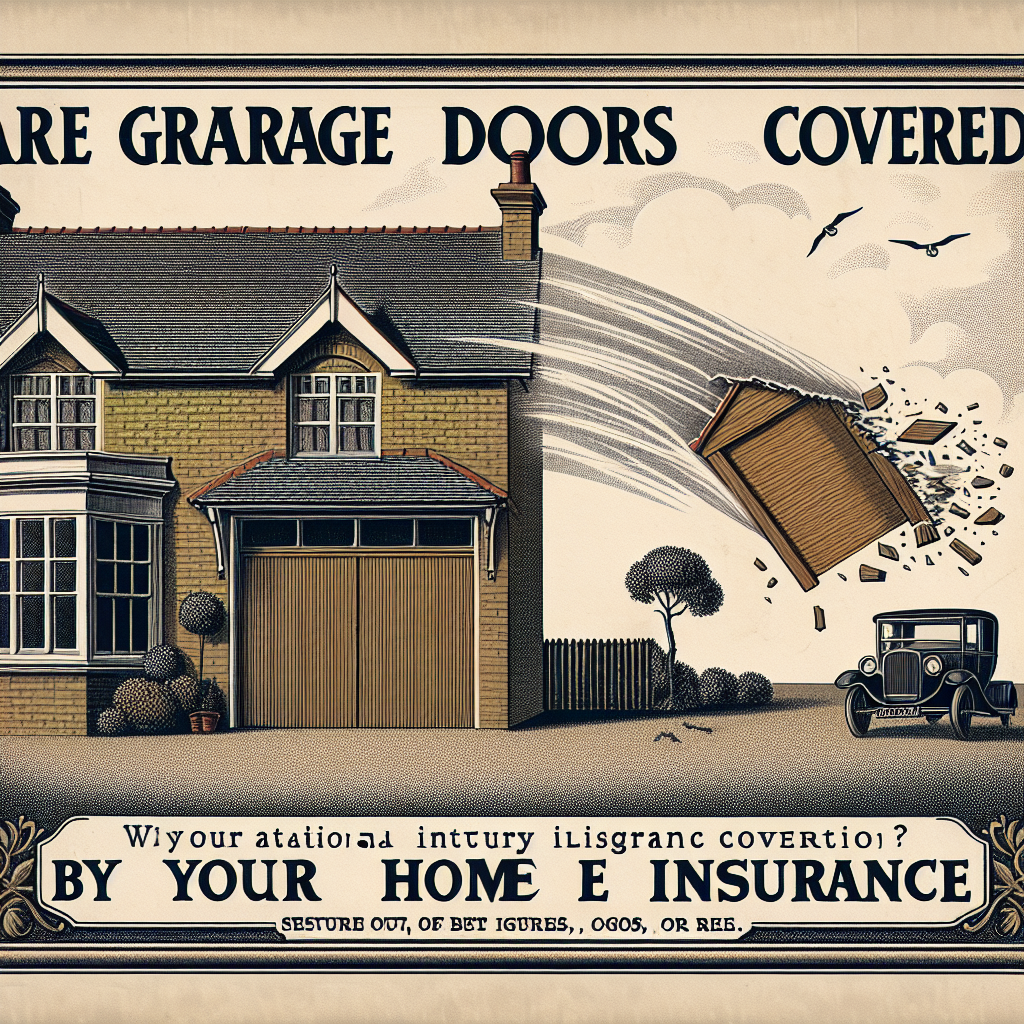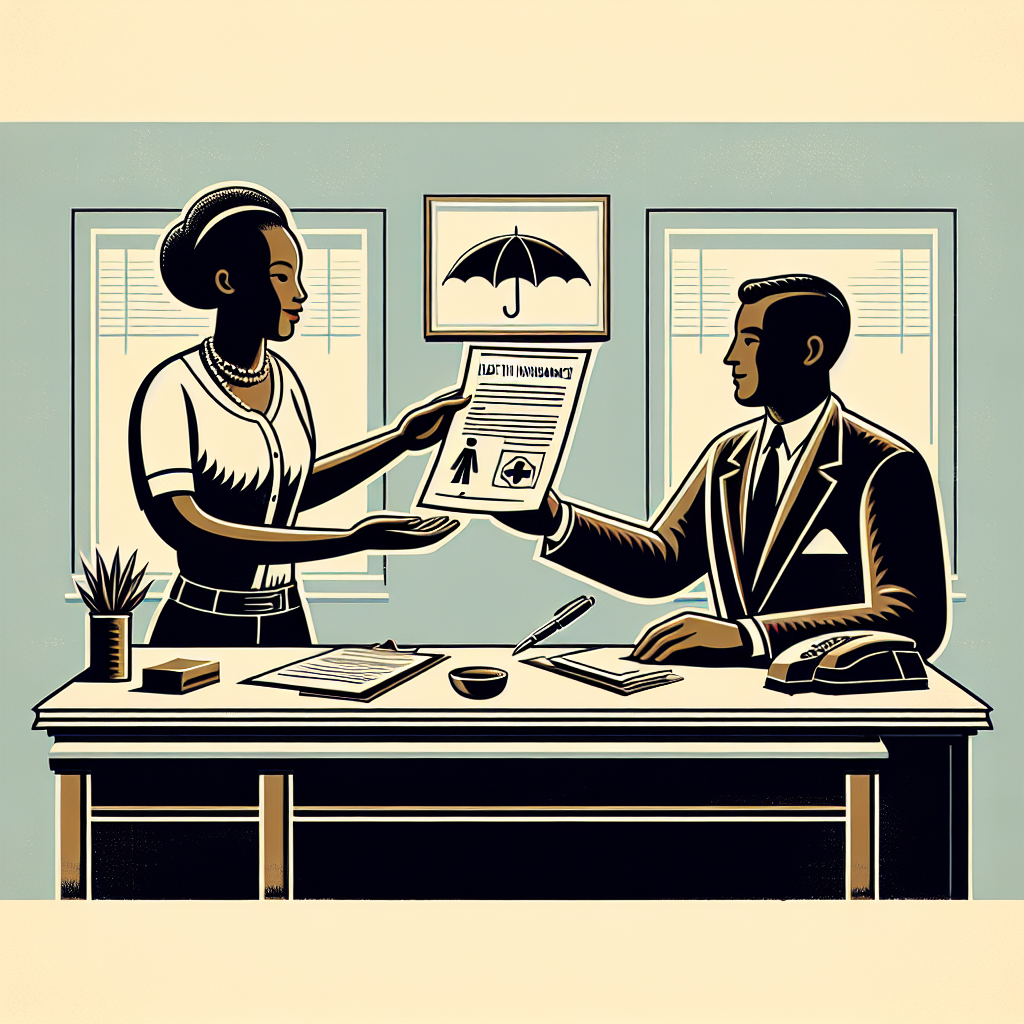Filed under Home Insurance on
Understanding Home Liability Insurance Coverage
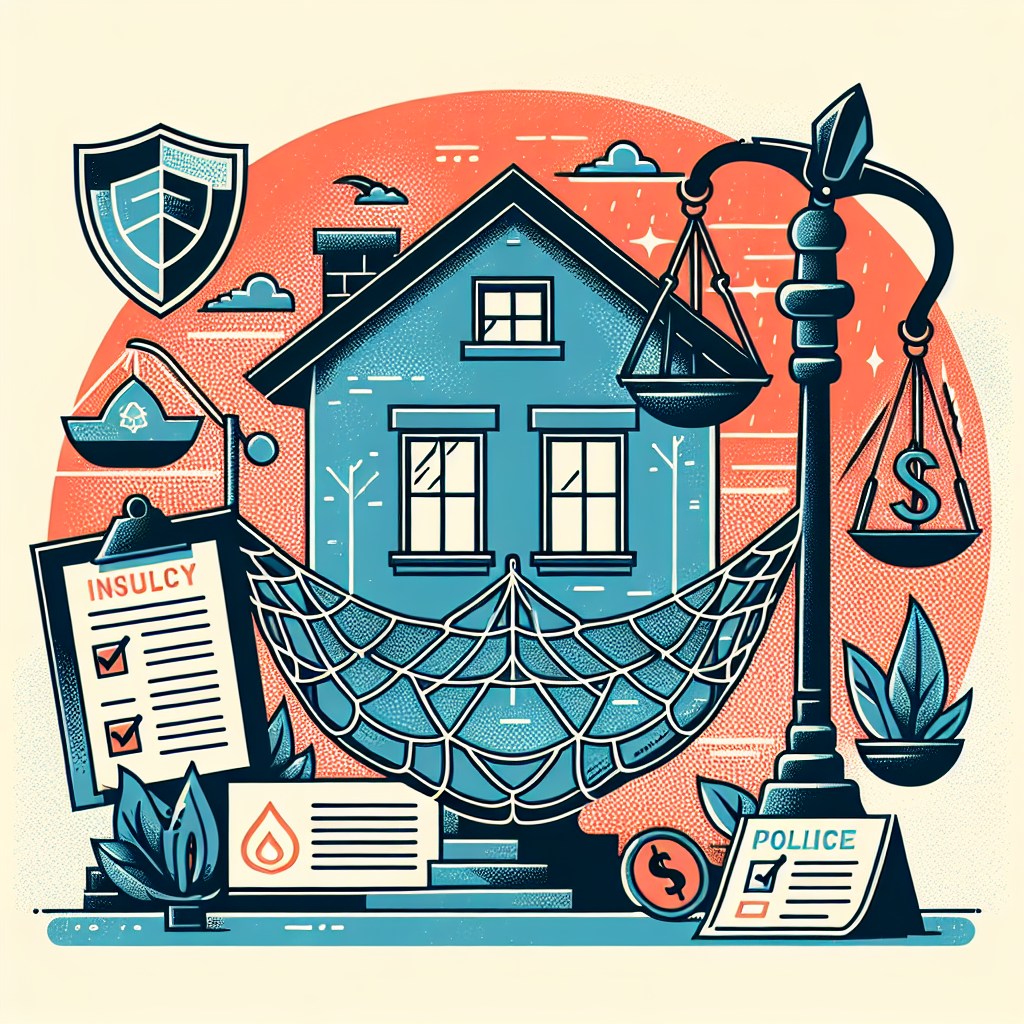
When it comes to protecting your home, understanding the different types of insurance coverage available is vital. One aspect that is often overlooked yet crucial is home liability insurance coverage. This type of insurance is designed to shield homeowners from the financial ramifications of accidents or damage that occur on their property. Understanding home liability insurance coverage can offer peace of mind and ensure you are equipped to deal with unexpected events. This comprehensive guide will delve into the ins and outs of this essential insurance type, highlighting its importance and what you need to know.
What is Home Liability Insurance Coverage?
Home liability insurance coverage is a component of a standard homeowner's insurance policy. It protects homeowners from financial responsibility if someone suffers an injury or if their property is damaged while on the insured's premises. The coverage extends beyond just incidents within the home; it can also apply to damages caused by the homeowner or their family members elsewhere.
Key Features of Home Liability Insurance Coverage
- Personal Liability: Covers legal expenses, medical bills, and other costs if someone is injured on your property.
- Property Damage: Provides financial protection if you or your family inadvertently cause damage to someone else's property.
- No-Fault Medical Coverage: Pays for medical expenses of a visitor injured at your home, regardless of who is at fault.
Why is Home Liability Insurance Coverage Important?
Home liability insurance coverage is a safeguard against potentially devastating financial losses. With the rising costs of healthcare and legal fees, an accident in your home can result in a financial burden if you're not properly insured. Additionally, having this coverage can help preserve your assets and provide you with peace of mind, knowing you are protected against unforeseen liabilities.
Examples of Situations Covered
- A delivery person slips on your icy sidewalk, resulting in injury.
- Your child accidentally throws a ball through a neighbor's window.
- A guest suffers a fall at your summer barbecue and requires medical attention.
The Extent of Coverage
Understanding home liability insurance coverage involves knowing the scope and limitations of what is provided. Typically, most homeowner policies offer liability coverage starting at $100,000, with options to increase this amount according to your needs. However, the exact terms can vary from one insurer to another, so it's crucial to thoroughly review your policy.
What Is Not Covered?
While home liability insurance coverage offers broad protection, there are certain scenarios it typically does not cover:
- Injuries to you or other residents of the home.
- Intentional damage caused by the policyholder.
- Liability from car accidents (covered under auto insurance).
How to Assess Your Coverage Needs
Determining the right amount of home liability insurance coverage requires an assessment of your personal situation and risk exposure. Factors such as the value of your home, your lifestyle, and the potential risks present at your property should influence your coverage decisions. Consulting with an insurance agent can provide valuable insights tailored to your specific needs.
Factors to Consider
- Home Value and Assets: Assess the value of your home and other substantial assets that may be at risk.
- Risk Exposure: Consider aspects like swimming pools or trampolines, which can increase liability risk.
- Family and Visitor Considerations: Regular visitors to your home may increase the potential for accidents.
Steps to Enhance Your Coverage
Once you've gained an understanding of home liability insurance coverage, the next step is to ensure your coverage adequately protects you. Here are strategic measures you can take:
Increase Your Liability Limits
Opting for higher liability limits can provide more robust protection. Discuss with your insurer about raising your coverage limits to at least $300,000 or more, depending on your risk factors and the value of your assets.
Invest in an Umbrella Policy
An umbrella insurance policy offers extra liability coverage beyond standard policy limits. This can be invaluable if you face a significant lawsuit or a severe accident, as it includes broader coverage for various liabilities.
Current Industry Trends and Expert Opinions
The landscape of insurance is continuously evolving. Industry trends indicate an increase in lawsuits related to personal liability, emphasizing the importance of being adequately insured. According to insurance experts, homeowners are advised to regularly reassess their insurance needs and remain informed about policy changes and market developments. These evaluations help ensure that coverage limits align with current values and risks.
Technological Advancements in Policy Management
The integration of technology in the insurance sector has made it easier for homeowners to manage and understand their policies. Digital tools and online platforms now allow property owners to compare policies, understand their coverage, and make informed decisions quickly.
Conclusion
Understanding home liability insurance coverage is crucial for safeguarding your finances and assets. By learning about the scope of coverage, identifying what is or isn’t included, and considering the appropriate amount of coverage based on personal circumstances, homeowners can better manage their risks. Ensuring you have the right coverage in place not only protects your financial well-being but also contributes to a worry-free homeownership experience. Stay informed, consult with professionals, and remember the peace of mind that comes with being prepared for life's unexpected events.
